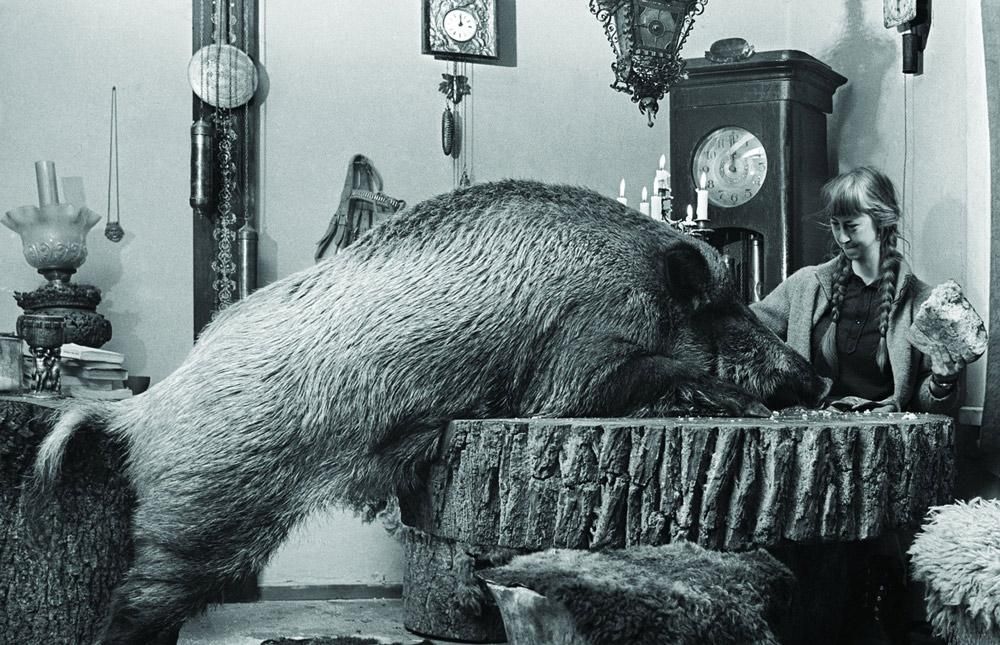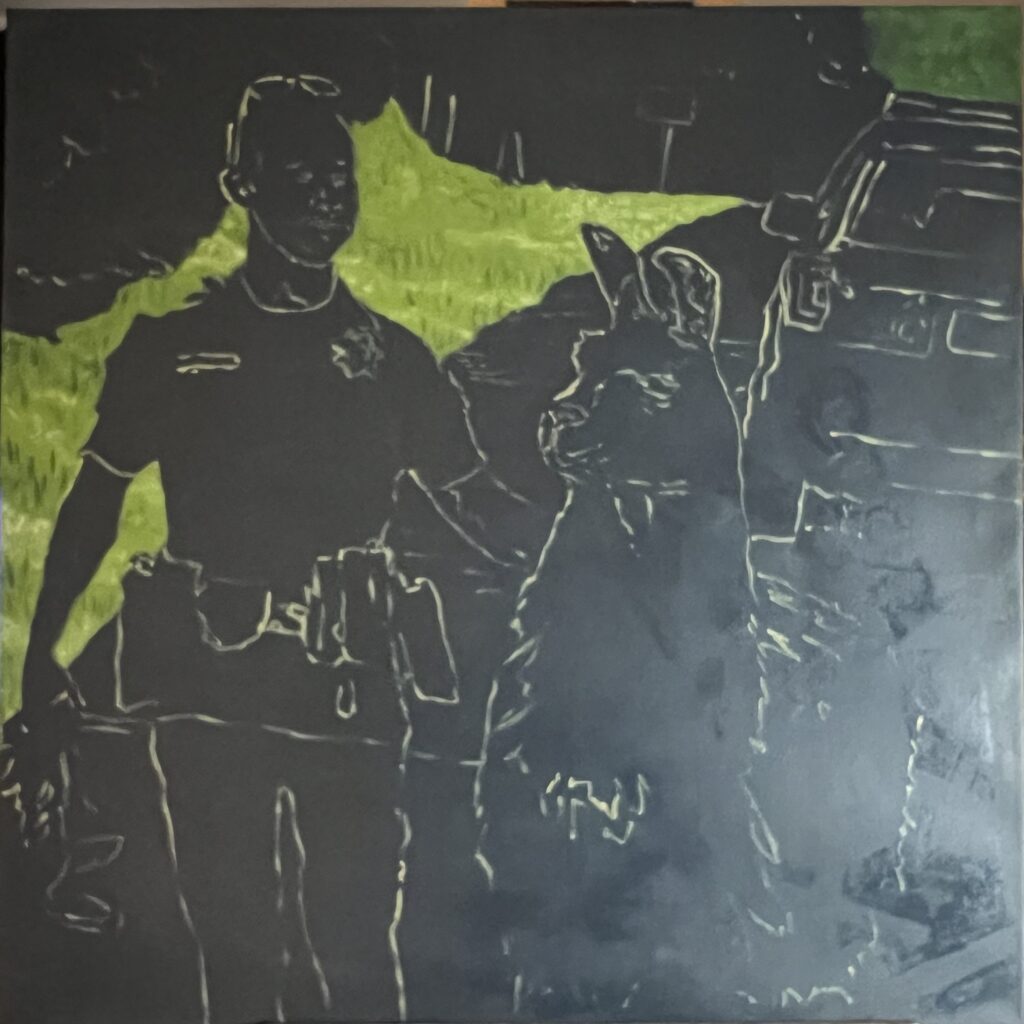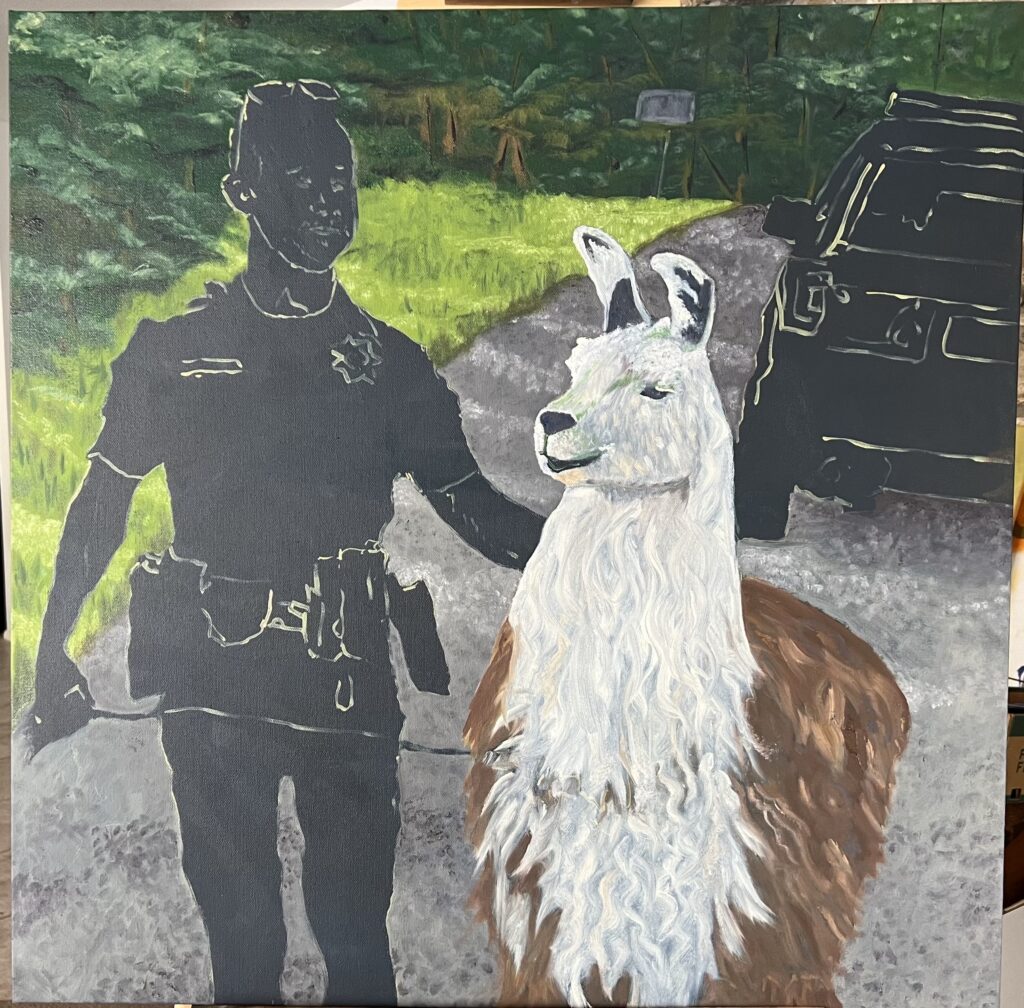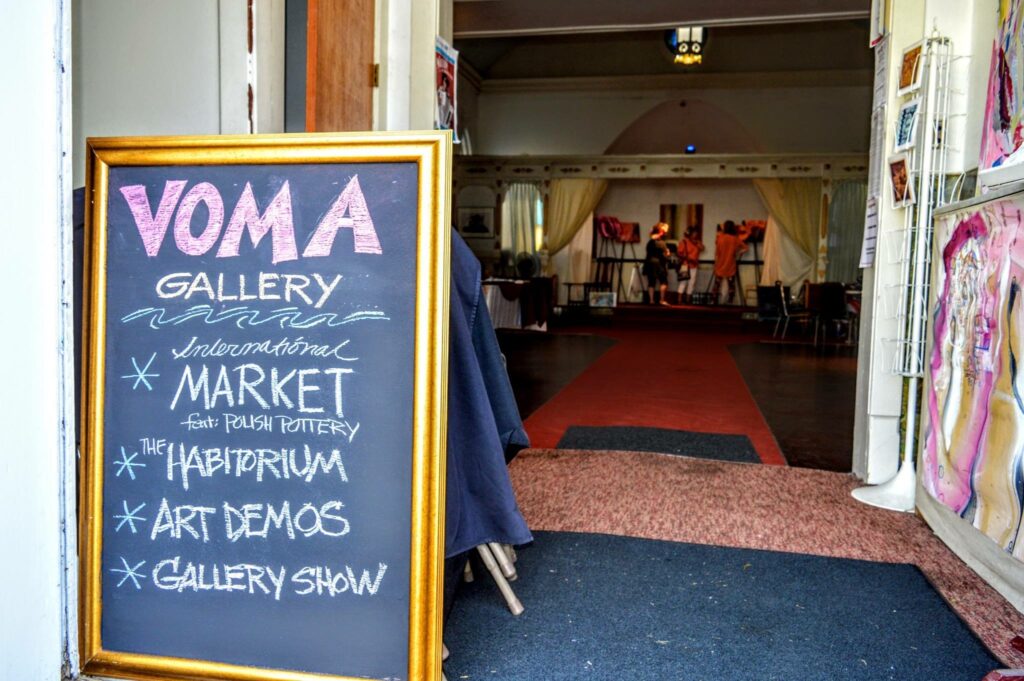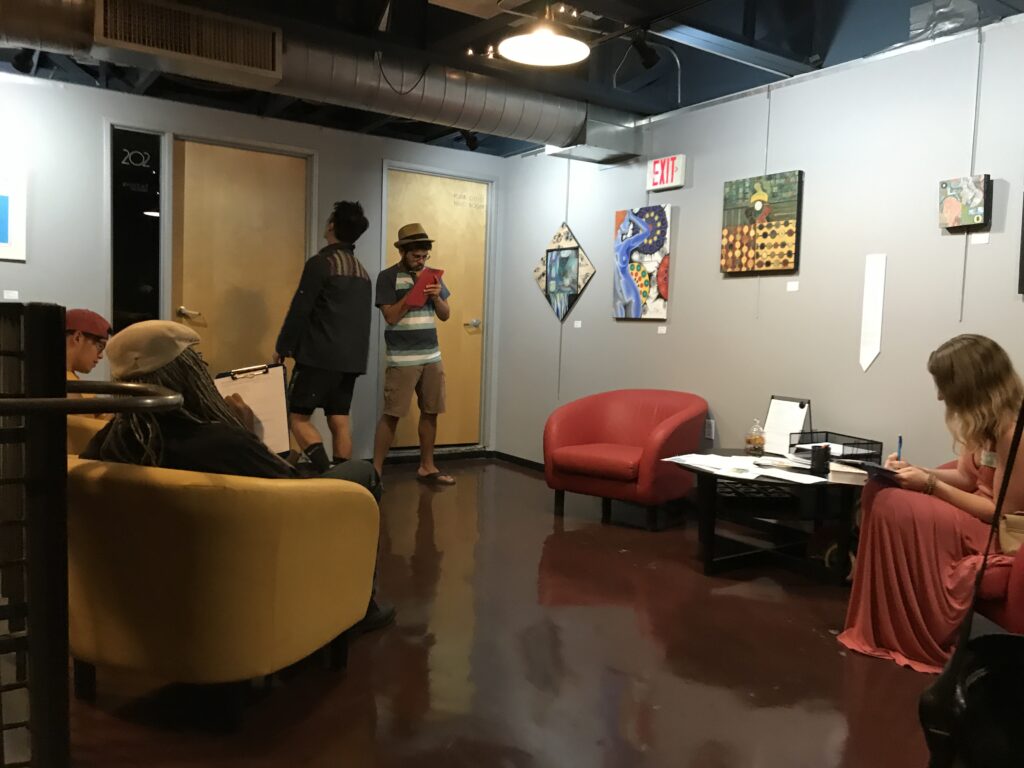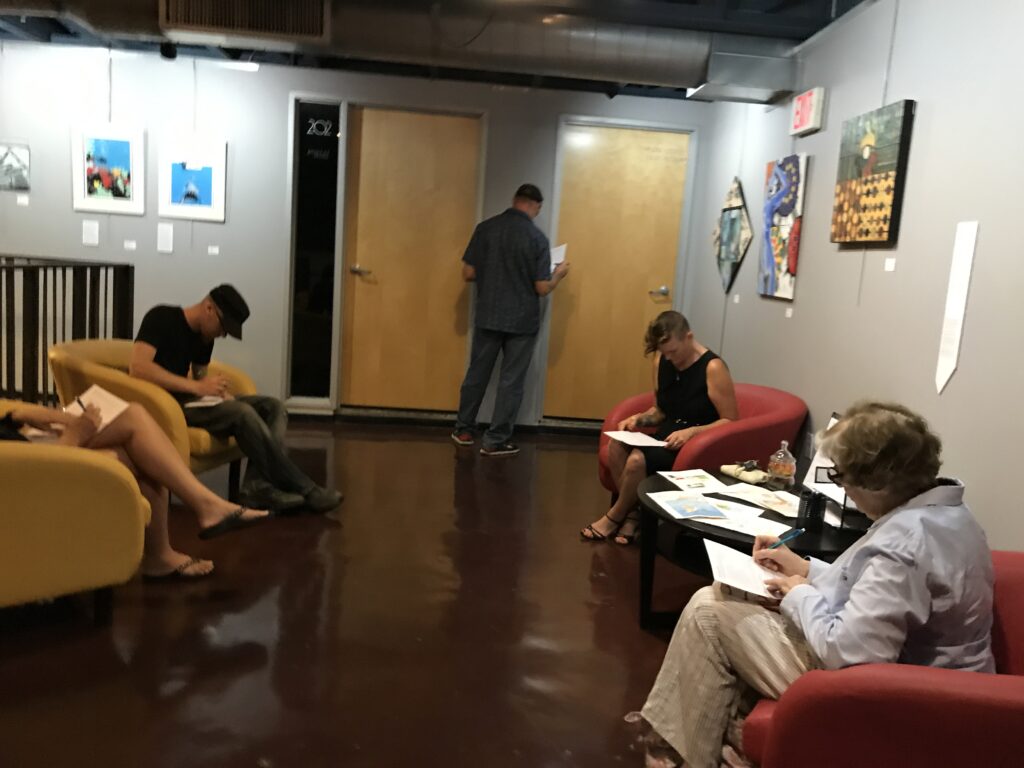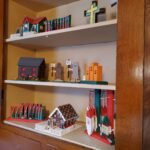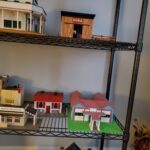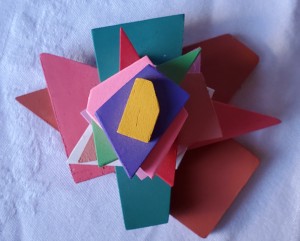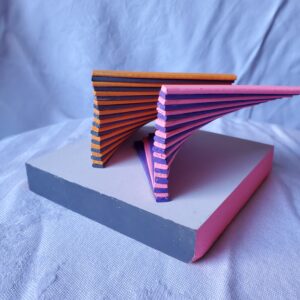In preparing the CFP for Volume 31 of StreetNotes, my editors and I each prepared an alphabetical listing of all the Urban Habits we could imagine. Below is the list I prepared, with an opening statement about how this list happened for me. If I put myself to the task today, I think my list would be different!
_______
(Feb 2023) As I worked this list I thought of the many habits I had when living in New York City. Then I turned my memory to the amazing circumstance of living in Oakland California, before the tech boom in the bay area, and finally to my experience of living in Phoenix. Reviewing it, I see that many of the habits are not exclusive to city living, of course. They manifest differently in different cities of course. Laundry for instance is very different in Oakland than it was in New York City and Phoenix – The first happening in a laundromat arrived to on motorcycle, The second occurring on foot around the corner and the third in the laundry room of my own home. The differences invite a critique of access to resources in city habits.
A – All the habits that can’t be listed under one of the other letters.
A – Habits of Arranging
A – Air Drying Laundry Habits
B – Bathroom Habits in Kitchen Sinks
B – Habits When Riding Buses
B – Bakery Shopping Habits
B – Bridge and Tunnels Habits
C – Habits for Carrying (See Schlepping Habits)
C – Habits when Cooking for Others
C – Habits for Changing Big Bills
C – Habits in Cabs: see Tipping, Good Bye,
C – Habits that Cut to the Chase
C – Commuting Habits for train, foot, car
D – Habits for Delayed Trains
D – Dating Habits
D – Dog Walking Habits
D – Day drinking Habits
D – Describing Routes Habit – discussing transportational approaches to destinations
D – habits for disasters
E – Eating Habits – foraging, procuring, consuming, provisioning, sharing
E – Endearing Habits
E – Habits for Entering Trains/Buses/Buildings/Gatherings/
E – Habits forEntertaining in Studio Apartments
E – Habits of Engaging Strangers – in museums, parks, elevators, grocery stores, laundry mats, on transport
E – Habits of Exiting for Social Gatherings: see also GoodByes
F – Habits of Forgetting – what’s better to not remember when living in a city? Habitually forgetting things at the office/home/ele
F – Fretful Habits – what do we worry about in the city?
F – Ferry Riding Habits – POSH
F – Habits for Foggy Days
F – Futile Habits
F – Farmers Markets Habits
F – Habits for Finding Solitude, Common Ground
F – Flexibility as habit
G – Giving Habits: see also Tipping
G – Goodbye Habits: cabside, travel, table, party, BBQ leaving
G – Grocery Shopping Habits
G – Habits for Gardening in small/unlikely spaces
G – Habits of Guesting (never show up empty handed, etc)
H – Hurrying Habits: when pressed for time, shortcuts for transportation, shopping, walking, driving
H – Hacking Habits – the possibilities are endless
H – Habits for Hailing cabs
H – Heckling Habits (see Habits of Reply)
I – habits of internal dialog
I – Image Making Habits: daily photos, pics of similar things in different places, documenting for work, etc
I – Habits for instructing/teaching/professing (there could be an entire spectrum of career-specific habits… )
J – Jogging Habits:
J – Habits of Daily Justice
J – Joyful Habits
K – Habits for Keeping a Distance: from neighbors, roommates, streets, on Public Transport, sidewalks, train platforms, at dinner tables, family gatherings, in mixed company, public parks, common living areas.
K – Kissing Habits: stolen, drunken, greeting, parting, etc.
K – Kidding Habits (humor, joking, play, etc)
L – Laundry Habits
L – Habits for while Standing in Line: book, phone, tapping, spot holding, speaking to others,
L – Lounging Habits
L – Listening Habits ( again… in lots of diff contexts…)
L – Habits for the Library
M – Habits of Merry Making
M – Miscellaneous Habits – another catch all category
M – Habits for managing stress
M – Museum Going Habits
M – Habits for Mixed Company in private, in public
N – Next Day Habits: see also procrastination
N – Nature Seeking Habits
O – Habits of Offering Directions
O – Organizing Habits: protests, small spaces
O. – habits of observation: birds, people, plants, animals, etc
O – Office Habits
O – Offensive Habits in the workplace, of roommates, in public spaces,
P – Habits for Public Parks
P – Parking Habits at home, work, events, nature
P – Pet Walking Habits
P – Habits of Procrastination: what can wait till tomorrow in the city?
Q – Habits of Quiet Spaces
Q – Habits to Quit
Q – Questioning Habits – always asking questions
Q – Quick Change Habits (see also flexibility)
R – Ranting Habits for neighbors, best friends, classrooms,
R – Habits that Make your Heart Race
R – Habits for Rarified Air
R – Rainy day Habits
R – Habits of Reply (by mail, emailing, Hecklers)
S – Salutary Habits
S – Sunset Habits
S – Habits of Shopping in the City
S – Sidewalk Habits: walk to the left/right, keep moving at an intersection (cross with the light)
S – Schlepping Habits
S – Sunny day habits
S – Seasonal Habits (winter, spring, summer, fall)
T – Tipping Habits: cars/doors/wait staff/counter staff/housesitter/etc
T – Theater Going Habits
T – Habits for Traffic Jams (see also Commute)
T – Habits for Navigating Tourist Districts
T – Train Riding Habits
T – Habits for Handling Trash
U – Habits for when Under the Weather
U – Habits with Urges
V – Habitual Vulnerability
V – Virtuous Habits
V – Habits of Visitors Who Stay for Days in Your Apartment
V – Valorous Habits
W – Waiting Habits: line, room, train, bus, restroom,
W – Waking Habits
W – walking Habits
W – Habits to Widen the Circle
X – Habits for living with eXes
X – Habits for living without eXes
X – Habits of eXcited speech
Y – Yesterday’s Habits (former habits:open ended category alpha sort)
Z – Habits for Zipping Across Town

